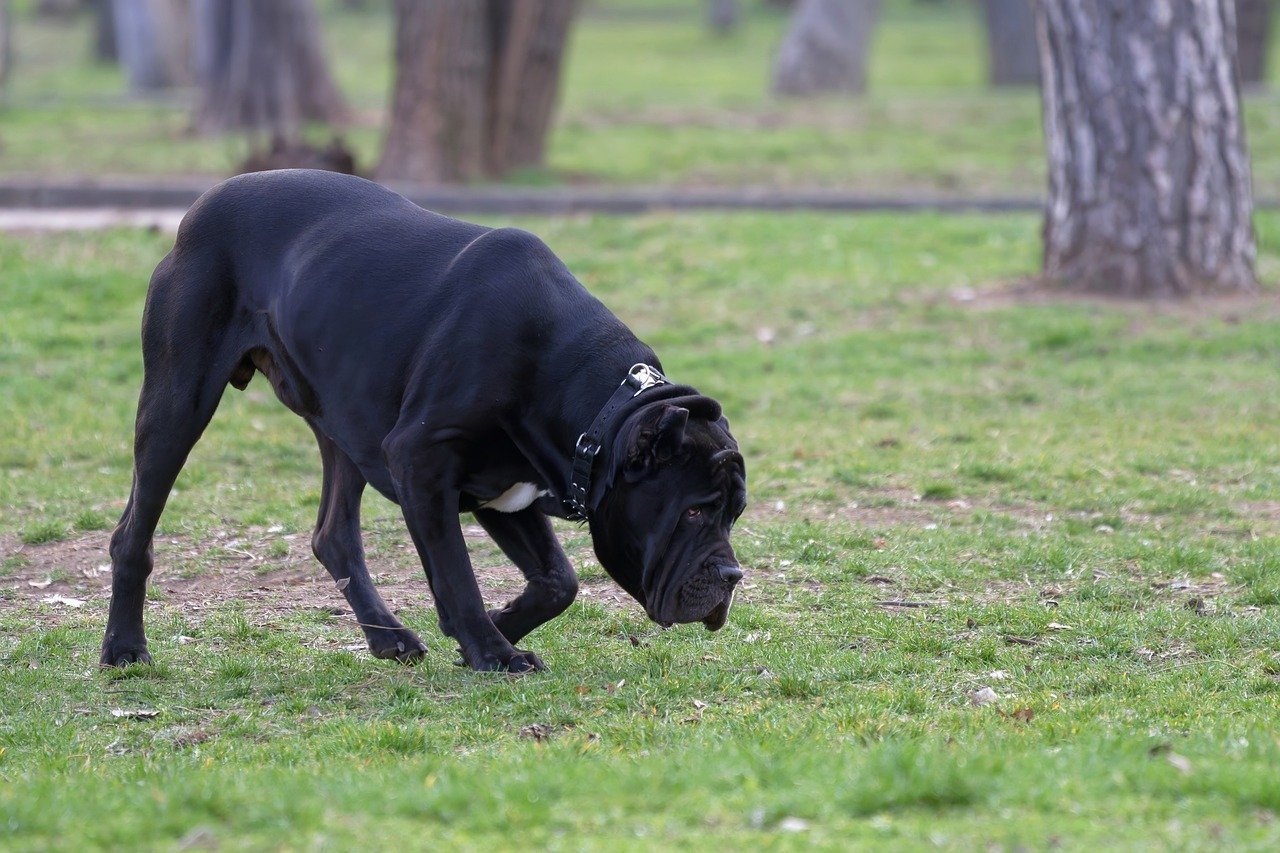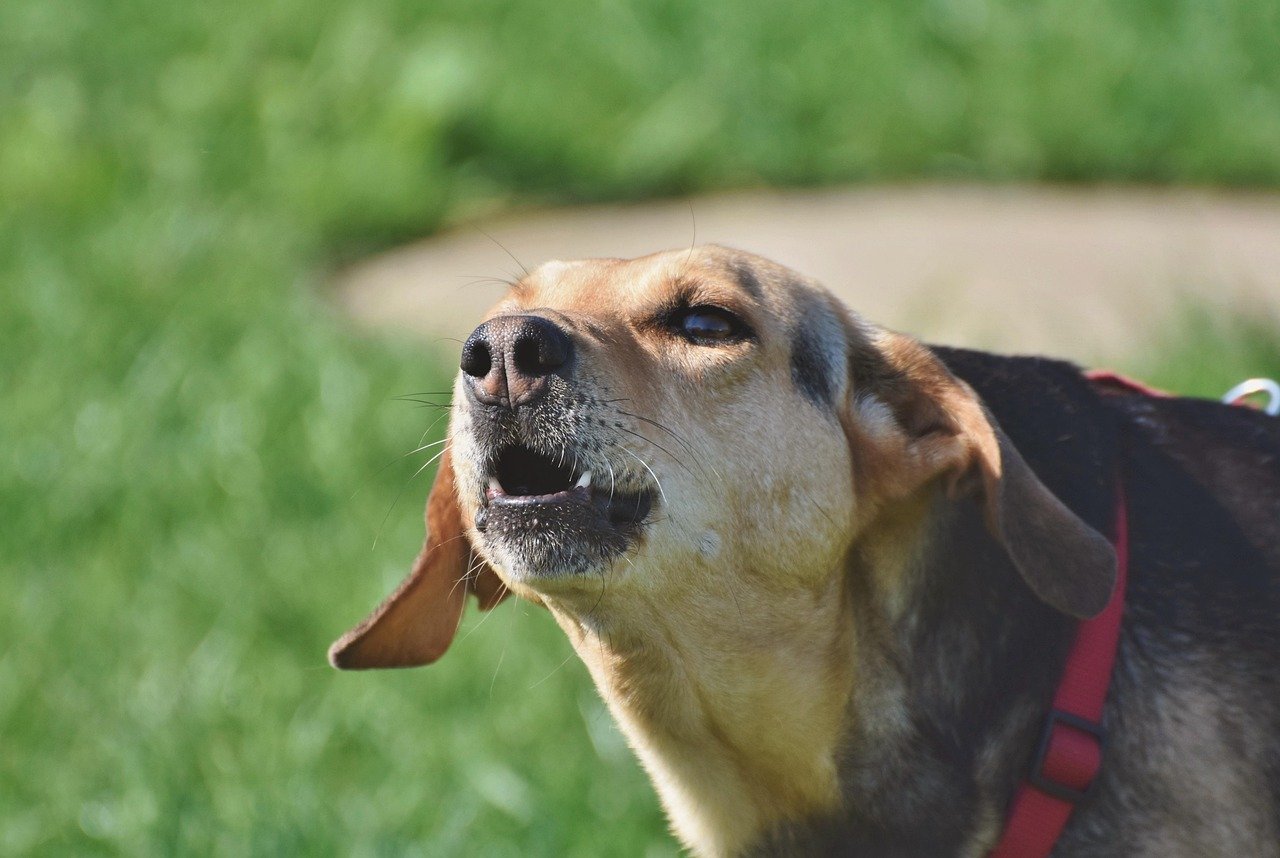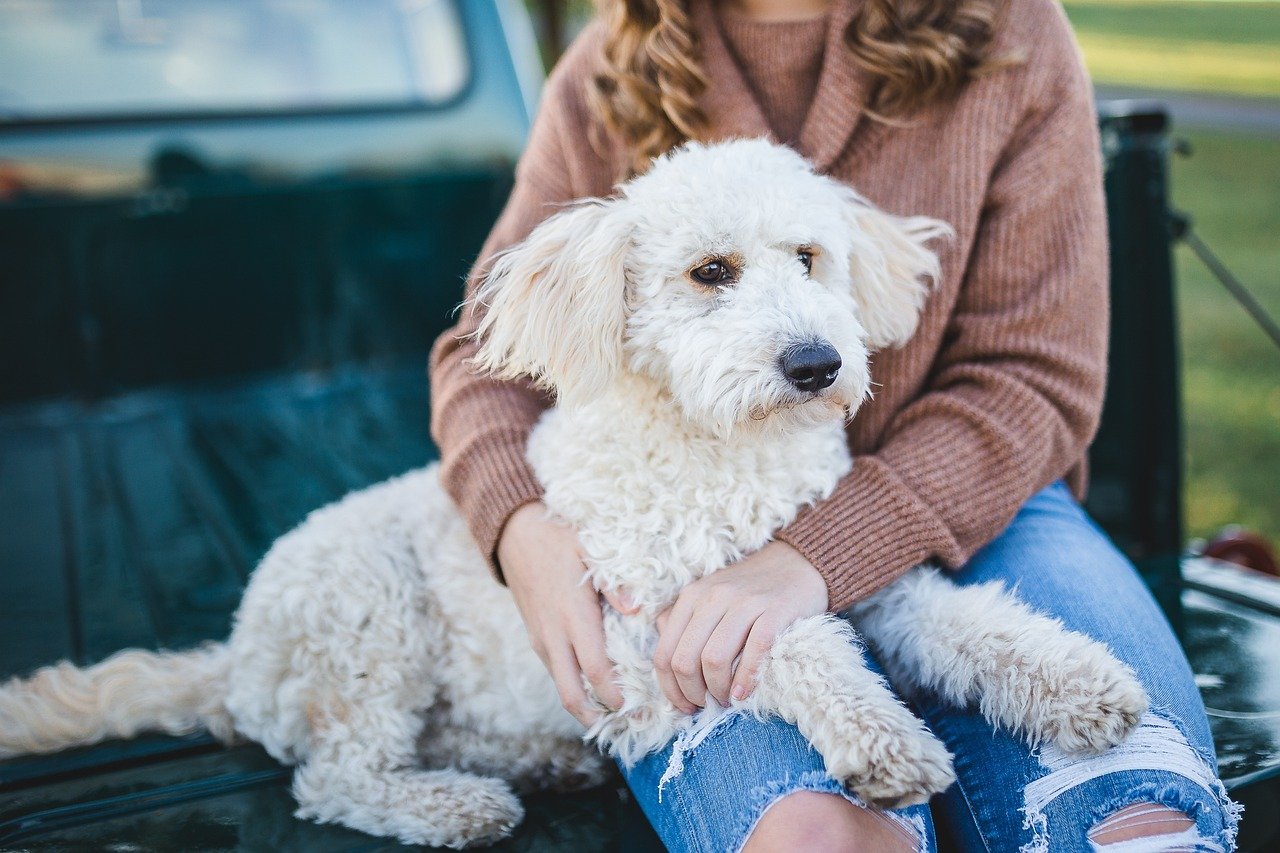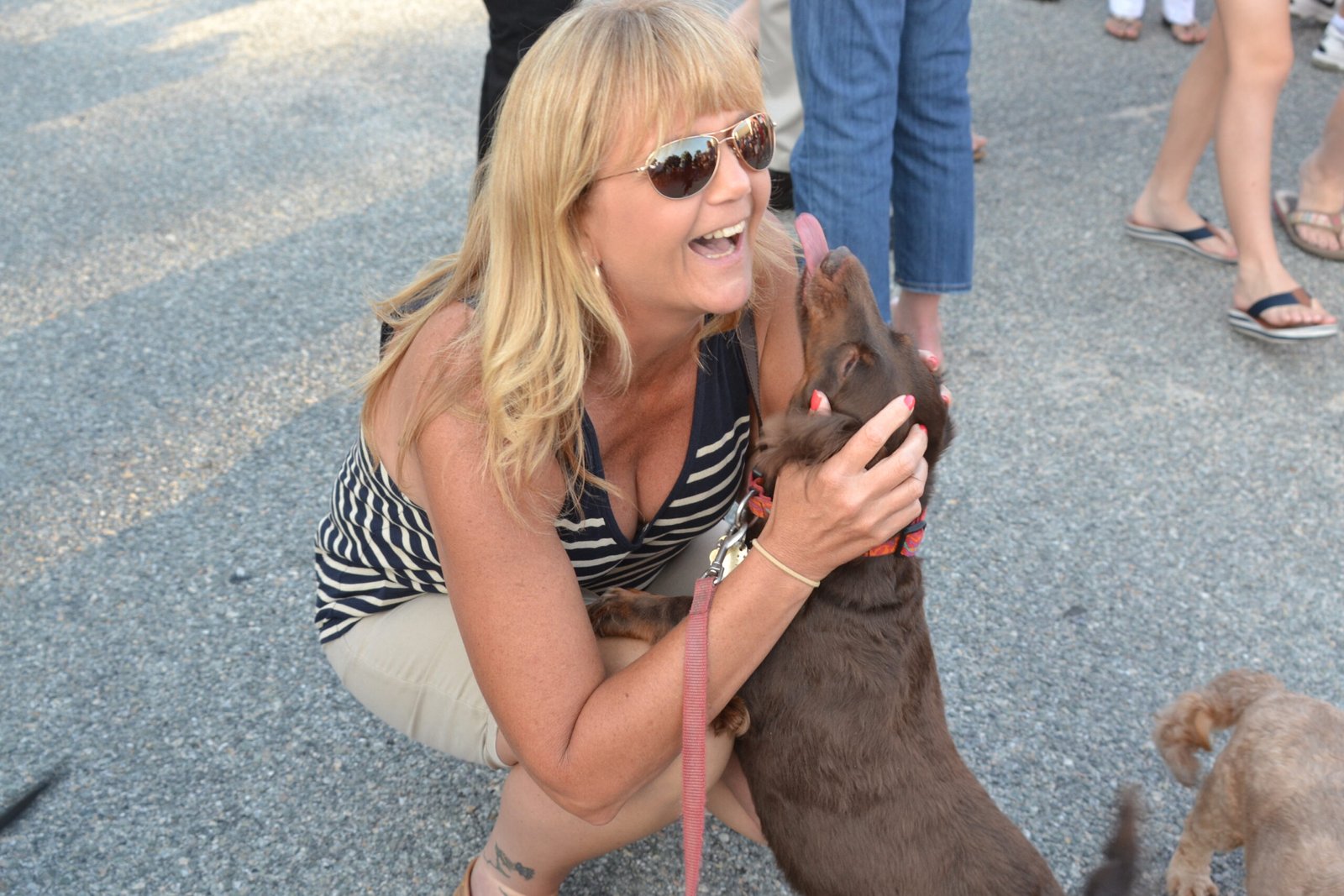Have you ever watched your dog spin in wild circles, bark at nothing, or mysteriously nibble on grass and wondered, “What is going on in that furry little head?” Dogs are masters at making us laugh, scratch our heads, and sometimes even worry with their quirky antics. But behind every tail wag, paw lick, and excited leap, there’s a reason—often rooted in instincts, emotions, or the simple joy of being a dog. Today, let’s unravel the fascinating world of dog behavior. Whether you’re a seasoned dog parent or just starting your journey, understanding these common habits will not only make you smile but also deepen that wonderful bond you share with your four-legged friend.
The Mystery of the Zoomies
Few sights are as hilarious and heartwarming as a dog caught in the throes of the “zoomies”—technically called Frenetic Random Activity Periods (FRAPs). Suddenly, your dog tears around the house or backyard at lightning speed, spinning, darting, and sometimes leaping over furniture as if possessed by pure joy. These bursts are completely normal and typically signal that your dog is feeling extra happy, playful, or just needs to burn off some pent-up energy. Puppies and young dogs are especially prone to zoomies, but dogs of all ages can get them. Think of it as your dog’s way of letting loose after a nap or during a moment of excitement. The best thing you can do is let them have their fun—just make sure the environment is safe and free from hazards.
Why Dogs Eat Grass
Watching a dog munch on grass can be puzzling and even concerning for owners. Is your furry friend sick or lacking nutrients? Actually, grass eating is a common behavior in dogs and usually isn’t something to worry about. Some experts believe dogs eat grass simply because they like the taste or texture, while others think it helps with digestion or relieves boredom. Occasionally, if a dog has an upset stomach, eating grass may trigger vomiting, but most grass-eating dogs don’t get sick. As long as the grass isn’t treated with chemicals, this habit is generally harmless. It’s just another quirky way dogs explore their world.
Tail Chasing: Play, Boredom, or Something Else?

Seeing a dog chase its own tail is both amusing and bewildering. Often, puppies chase their tails out of curiosity or playfulness—they’re simply discovering that fascinating appendage following them everywhere. For adult dogs, tail chasing can sometimes signal boredom, a need for more exercise, or even an attempt to get your attention. In rare cases, excessive tail chasing might indicate an underlying medical or behavioral issue such as allergies or anxiety. If your dog seems fixated or can’t stop, it’s always wise to consult your vet. Otherwise, a little tail chasing is just another way dogs entertain themselves.
Sniffing Everything in Sight

If your walks are more stop-and-sniff than stroll, you’re not alone. Dogs experience the world primarily through their noses, which are thousands of times more sensitive than ours. Every blade of grass, tree trunk, and lamppost holds a treasure trove of information—about other animals, people, and the environment. Sniffing is not only enjoyable for dogs, but it’s also mentally stimulating and helps them understand their surroundings. While it can test your patience, allowing your dog time to sniff during walks is one of the best ways to enrich their life and tire them out mentally.
Barking at Seemingly Nothing

It can be startling when your dog suddenly erupts into barking at, well, nothing visible to you. Dogs have incredibly sharp hearing and a keen sense of smell, so they often detect things we simply can’t—like a distant squirrel, a passing car, or even a change in the wind. Sometimes barking is your dog’s way of alerting you to a perceived threat, while other times it’s just a way to express excitement, boredom, or seek your attention. If barking becomes excessive, it may be helpful to look for patterns or triggers and provide extra mental and physical stimulation.
Rolling in Smelly Things

Nothing makes a dog happier than finding the most revolting-smelling patch of grass and rolling in it with pure glee. While this behavior might leave us gagging, for dogs, it’s completely natural. Experts believe this instinct goes back to their wild ancestors, who would roll in strong smells to mask their scent from predators or prey. Rolling in funky stuff might also be your dog’s way of sharing information about their environment with their pack—which, in this case, is you! While you might not appreciate the aroma, your dog sees it as a badge of honor.
Digging Holes in the Yard
Coming home to find your yard transformed into a moonscape of craters can be frustrating. But digging is a deeply ingrained instinct for many dogs, especially breeds originally bred to hunt burrowing animals. Dogs dig for a variety of reasons: to create a cool spot to lie in, hide food or toys, relieve boredom, or simply for fun. If digging becomes an issue, provide plenty of exercise, mental stimulation, and a designated digging area if possible. Sometimes a sandbox filled with toys can satisfy their urge without destroying your garden.
Leaning or Sitting on You

If your dog loves to lean against you or sit on your feet, take it as a compliment. Dogs are pack animals, and physical closeness is one way they show affection and trust. Leaning or sitting on you helps your dog feel safe and connected, and it’s often their way of saying, “You’re mine.” Some dogs also do this to seek comfort or reassurance, especially in unfamiliar situations. For many owners, this snuggly habit is one of the most endearing parts of sharing life with a dog.
Pawing at You for Attention
When your dog gently places a paw on your arm, it’s hard not to smile. Pawing is a straightforward way for dogs to seek your attention, ask for affection, or let you know they want something—like a treat or a walk. It may also be a sign of affection, a bit like a child reaching out for a parent’s hand. While occasional pawing is normal and sweet, if it becomes excessive, it might indicate your dog needs more engagement or structure in their routine.
Head Tilting: The Adorable Mystery
Few things melt hearts like a dog tilting its head when you speak to them. This adorable gesture serves several purposes. Dogs may tilt their heads to better hear and locate sounds, or to see your face more clearly—especially if you’re using words or tones they recognize. Some trainers believe dogs do this to pick up on our body language and facial expressions. Whatever the reason, head tilting is a sign your dog is fully engaged and trying to connect with you, making it one of the most charming behaviors to witness.
Licking: Affection or Something More?

Dogs use licking for many reasons. For puppies, licking is a way to communicate with their mothers. As adults, dogs lick people and other animals to show affection, seek attention, or simply because they like the taste of your skin. Sometimes, licking is a way for dogs to calm themselves or signal submission. While a few licks are usually harmless, excessive licking can indicate anxiety, allergies, or boredom. If your dog suddenly starts licking a lot more than usual, it’s always worth a chat with your veterinarian.
Sleeping in Strange Positions
Have you ever caught your dog snoozing upside down with legs in the air, or curled tightly into a ball? The way dogs sleep can tell you a lot about how they’re feeling. Sprawled-out positions often mean your dog feels safe and relaxed, while curling up helps them stay warm or feel more secure. Some dogs sleep on their backs to cool off, as their bellies have less fur. Watching your dog’s sleeping antics is not just adorable—it’s a window into their comfort, trust, and personality.






